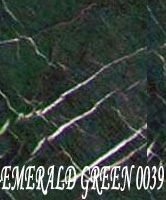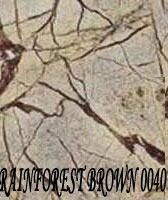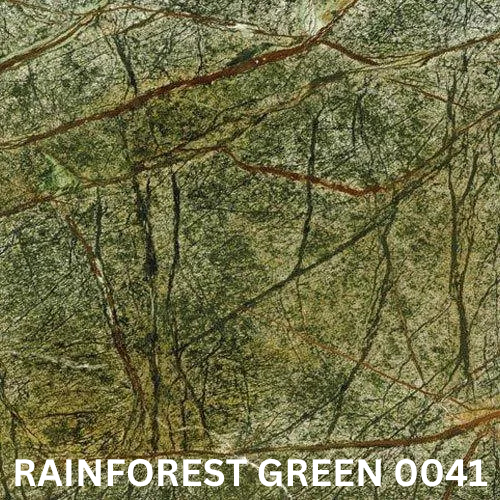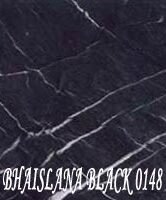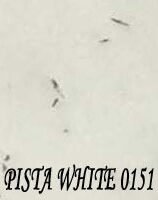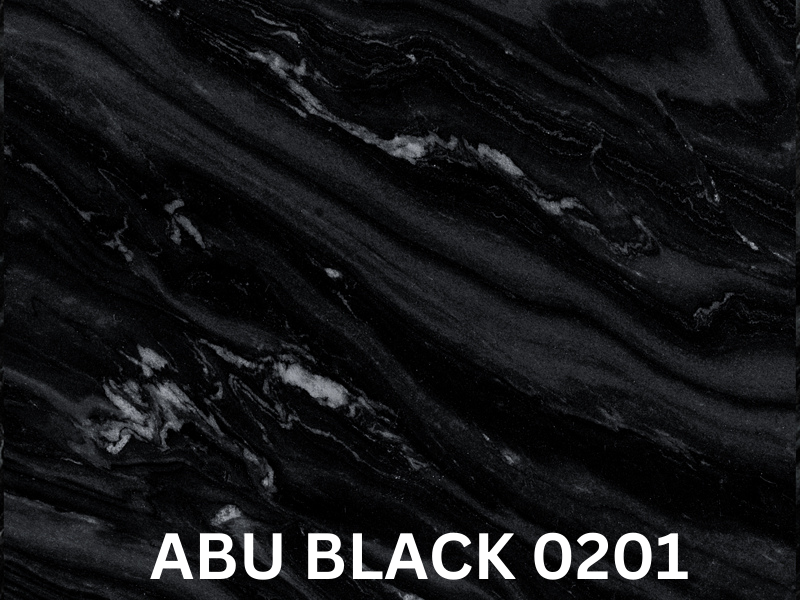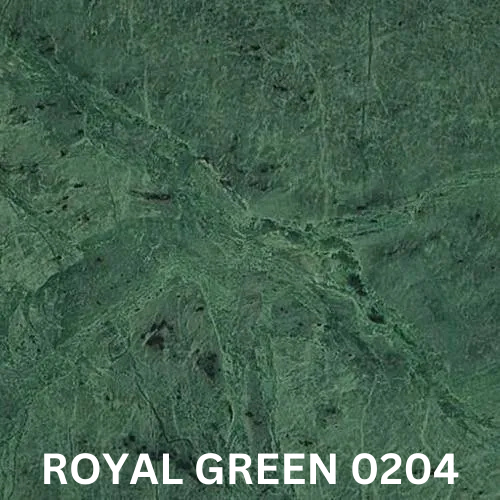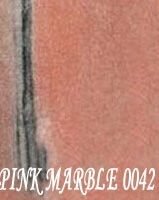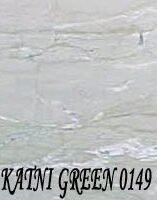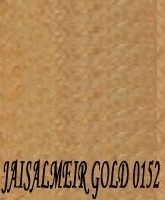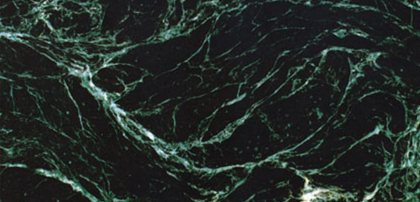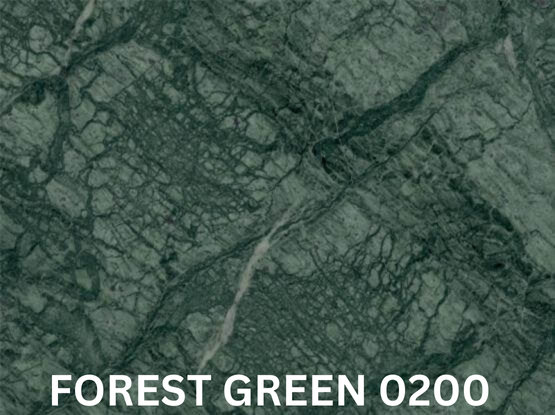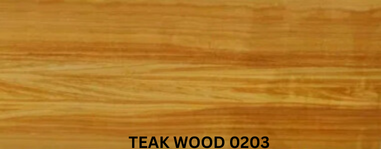MARBLE
What is Marble?
Marble is metamorphosed limestone, composed of fairly pure calcite (a crystalline form of calcium carbonate, CaCO3). It is extensively used for sculpture, as an building material, and in many other applications.
Origins of Marble
Marble is a metamorphic rock resulting from regional or at times contact metamorphism of sedimentary carbonate rocks, either limestone or dolostone. This metamorphic process causes a complete recrystallization of the original rock into an interlocking mosaic of calcite and/or dolomite crystals. The temperatures and pressures necessary to form marble usually destroy any fossils and sedimentary textures present in the original rock.
Pure white marble is the result of metamorphism of very pure limestones. The characteristic swirls and veins of many colored marble varieties are usually due to various mineral impurities such as clay, silt, sand, iron oxides, or chert which were originally present as grains or layers in the limestone. Green coloration is often due to serpentine resulting from originally high magnesium limestone or dolostone with silica impurities. These various impurities have been mobilized and recrystallized by the intense pressure and heat of the metamorphism.
Construction marble
In the construction trade, the term “marble” is used for any massive, crystalline calcitic rock (and some non-calcitic rocks) useful as building stone. For example, Tennessee Marble is really a massive, highly fossiliferous gray to pink to maroon Ordovician dolostone, known as the Holston Formation by geologists.
Standard sizes are:
Tiles:
Sizes Thickness
SIZES OF 12′ X 12′,18′ X 18′ IN 10MM THICKNESS.
Slabs:
Sizes Thickness
RANDOM SIZES ARE AVAILABLE IN 20MM & 30MM THICKNESS.
| MARBLE(TILES) TILES TO BE PACKED IN THERMOCOLE BOXES & THEN WOODEN CRATES. “+/-“0.5 MM VARIATION IN THICKNESS. THICKNESS VARIATION +/-1MM |
Parameters definition:
Polished – To smooth or brighten a surface increasing the reflective quality and luster by chemical or physical processes. Generally gloss levels should be + 90 as measured by a gloss meter. To achieve this, final polishing should have been done by latest Italian/ French machines using imported abrasives.
Buffing: Using a non-abrasive pad attached to a machine, which rotates the pad in a circular fashion over the stone, generally between 150-300 RPM. Polishing formulations containing micro-fine abrasive materials are used with buffing to produce a more reflective gloss on the surface of stone. Waxes are also used with buffing to enhance the gloss of polished stone.
Honed: To grind a surface with a high grit material to a uniform specification without producing a reflective surface.
Sawn – i.e. unpolished. It is not advisable to buy this way because : floor polishers do not give as good a polish as factory machine polishers. many defects are not visible easily before polishing.
Calibration: To grind a surface with a high grit material to a uniform surface to maintain the thickness variation.
Gangsaw: To grind two sides of the stone surfaces with a high grit material to a uniform specification without producing a reflective surface.
Shade variation – Slabs / tiles should be sorted to ensure uniformity of shade. Normally, any colour can be sorted into three shades. Sorting is simple -just lay all the material on the floor and look from different directions.
Colour patches – These are darker or lighter patches or bands of single colours due to mineral localisation.
Scratches: The marring of the surface caused by physical trauma such as small stones or sand embedded in shoes scraping across a marble floor.
Staining : The absorption of foreign pigments or oils into the porous stone causing discoloration.
Double color – Sometimes two different grain sizes occur in the same slab, giving the appearance of a double colour.
Free lengths: i.e. lengths varying randomly while width is constant are also very attractive. Choose the widths as per the expected floor area. Buy random lengths and cut at your site to fit.
Flatness Tolerances
A 4’ dimension in any direction on the surface shall determine variation from true plane, or flat surfaces. Such variations on polish, hone, and fine rubbed surfaces shall not exceed tolerances listed below or 1/3 of the specified joint width, whichever is greater. On surfaces having other finishes, the maximum variation from true plane shall not exceed the tolerance listed below or + 3 mm of the specified joint width, whichever is greater.
Polished, honed or fine rubbed finishes… + 0.5 mm
Sawn, Calibrated, 4-cut and 6-cut…. + 1 mm
Edges also can be chamfered / bevelled. Chamfering removes whiteness and chipped edges. This looks very good. Chamfering is a simple process in which a polishing brick is run at an angle of 45o.
DIAGONAL OUT
DIAGONAL OUT MUST NOT BE MORE THAN 1MM FOR TILES. IN SLABS IT VARIES.
Quality Details :
Polished Marble
a. One Side Fine Mirror Polished.
b. Gangsawn/Cutter side
c. Thickness variation is +/- 1 mm depending upon Tile/Slab.
LIST OF PRODUCTS AVAILABLE & PHOTO GALLERY

